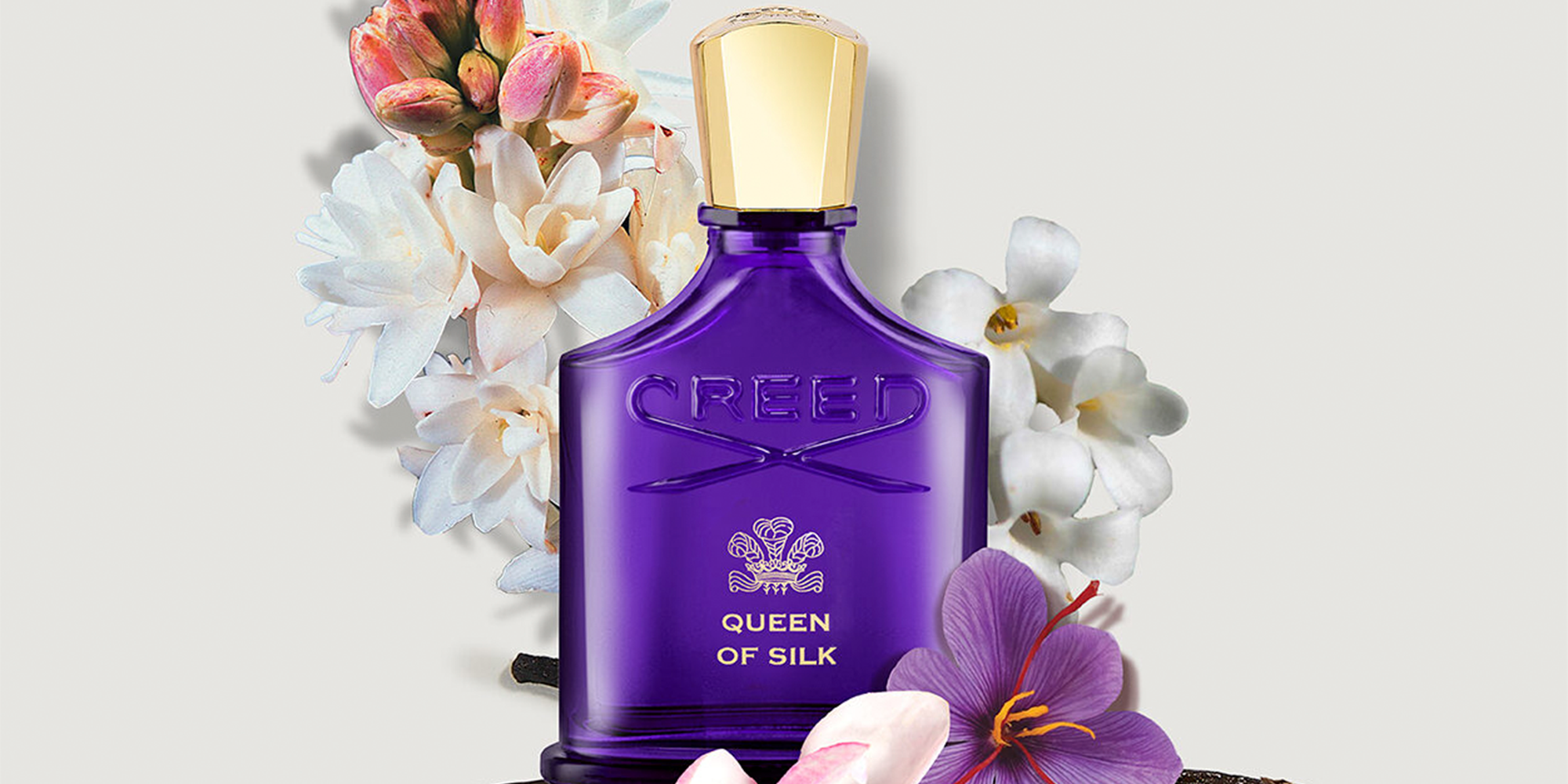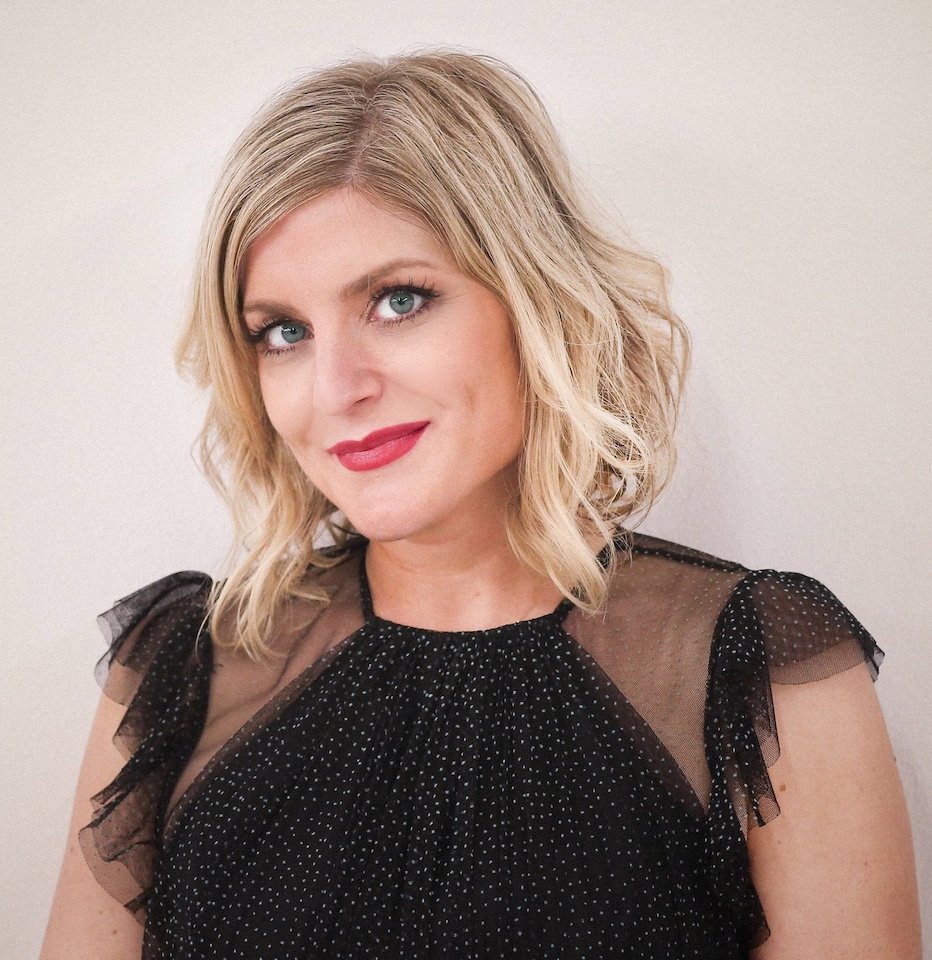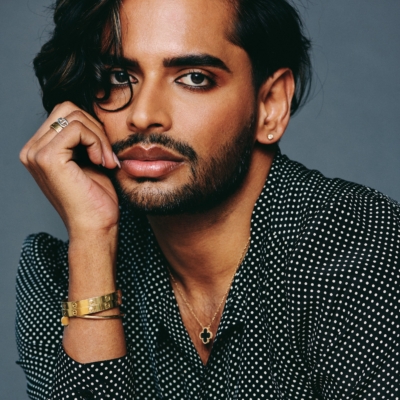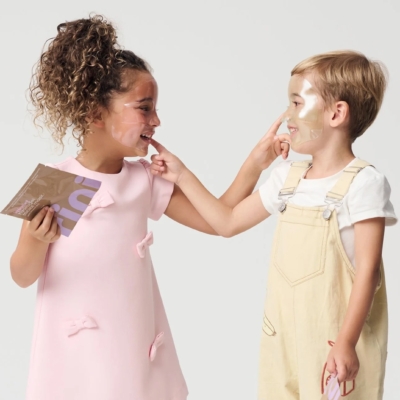
Ripple Effects Of The L’Oréal-Kering $4.7B Mega-Deal For Beauty’s Emerging Brands
On Sunday, L’Oréal triggered an earthquake in the beauty industry by announcing it’s paying nearly $4.7 billion to acquire Kering’s beauty business in a deal that could shape luxury beauty for at least a half a century and extend its lead as the world’s top beauty company.
The move represents swift action on the part of Luca de Meo, who became Kering’s CEO two months ago, to lean into Kering’s strengths in fashion while continuing to mine that portfolio for beauty revenue streams and shore up its financial position by cutting debt. Just two years ago, Kering made a bold beauty play by buying heritage fragrance brand Creed for $3.8 billion at a valuation of 14X sales, throwing gasoline on the already white-hot fragrance category.
L’Oréal’s agreement with Kering gives it ownership of Creed and 50-year exclusive beauty and fragrance licenses for Bottega Veneta and Balenciaga. The conglomerate will also gain a 50-year exclusive license for Gucci fragrance and beauty products once Kering’s current license for that business with beauty conglomerate Coty ends in 2028.
On Tuesday, L’Oréal released third-quarter earnings showing solid sales acceleration, with like-for-like growth of 4.2% to reach almost $12 billion. However, the results missed analyst expectations, and the stock subsequently plunged around 6% to trade in the mid‑370 euro range on Wednesday. Despite the recent decline, the stock price remains up roughly 5% from the start of the year.
The loss of the Gucci license could be a devastating blow to a struggling Coty. As reported by Women’s Wear Daily, Barclays has estimated the Gucci license accounts for around 10% of Coty’s sales. On Sept. 30, the multinational unveiled that it’s exploring the sale of select assets in its consumer beauty division, including Cover Girl and Sally Hansen. Several other conglomerates such as Unilever and Estée Lauder have been or are considering divesting brands as well.
With several strategic beauty acquirers preoccupied with internal issues and L’Oréal integrating Kering’s beauty business, not to mention Medik8 and Color Wow, two brands it recently shelled out around $1 billion for, the state of dealmaking in the beauty industry is uncertain. The machinations of beauty’s biggest players like L’Oréal and Coty have potential impacts for emerging brands, especially for exit strategies and timelines.
For this latest edition of our ongoing series posing questions related to indie beauty, we asked eight beauty industry investors and insiders the following: What downmarket pressures might the Kering-L’Oréal deal create? What could they mean for future beauty acquisitions? How can emerging brands best navigate this moment?
- Claire Cherry Partner, Era VC
From our perspective, the driver of this acquisition was primarily Kering-specific. With a ballooning debt burden (hitting 9.5 billion euros at the end of H1 2025), I suspect the sale of its beauty division was as much driven from necessity as desire.
Of course, this is representative of a broader movement we’re seeing from many large conglomerates who are looking to slim down portfolios to focus on core operations. Driven in part by shareholders looking for better margins, more efficient teams and a cleaner platform for growth.
Estée Lauder is, of course, a case in point here as they explore options to sell some of their non-core brands. Yes, this is perhaps indicative of a concern of a near-term beauty industry slowdown, but more likely a result of overzealous acquisition sprees in the preceding decade resulting in significant business inefficiencies over the medium to long term.
Whilst on the face of it the Kering acquisition may appear to have negative connotations, particularly one less acquirer in the near term, we don’t believe this is representative of the market in the longer term. If anything, there is the potential that as big beauty divests unloved assets, many of which still have significant scale and the potential to be revived. They may ultimately become a “house of brands" and potential acquirers themselves.
A case in point: E.l.f. only made its first acquisition less than 5 years ago and came out the winner in the battle for Rhode, a testament to how quickly the pendulum can swing towards new, hungry acquirers in this market.
For emerging brands, keeping true to your own brand DNA and executing flawlessly in omnichannel distribution remains critical. The bar for a successful exit remains incredibly high. Whilst the environment for M&A may be mixed in the short term, we truly believe that, in the long run, exceptional founders will continue to break through the noise and there will always be interest in category-defining brands.
- Rich Gersten Co-Founder and Managing Partner, True Beauty Ventures
This deal reinforces the reality that M&A is not opportunistic in beauty, but it is structural. Strategics need acquisitions to grow, and this deal reinforces how competitive the top of the market has become. When the largest player locks up premier luxury assets like Gucci and Creed, it pushes others further down-market to find growth elsewhere, whether in masstige, wellness or niche brands.
The "pressure," if there is any, comes from scarcity as there are only so many global luxury assets to go around. Everyone else will have to move earlier, take more risk, or redefine what luxury looks like to stay relevant. When a giant like L’Oréal validates the category, it reinforces the strategic value of beauty overall. That momentum eventually trickles down and benefits emerging brands that can show strong fundamentals and brand momentum.
This deal will likely trigger more activity, if not immediately, then over time. M&A remains the most efficient way for strategics to add growth, innovation and relevance. L’Oréal’s category breadth, channel diversity and global scale gives it structural advantages, but that does not mean others will sit still.
Estée Lauder, Puig, Shiseido, P&G and Unilever all need to keep acquiring to replenish their brand pipelines and maintain consumer connection. When those moves happen will depend on market sentiment and macro conditions, but the strategic need is constant.
For emerging brands, this is not a signal to retreat, but a reminder to stay focused. The beauty giants will continue to consolidate at the top, but smaller brands have the advantage of agility, authenticity and community. The goal is to build real brand equity and operational discipline so that when strategic buyers come looking again that you are ready.
The best emerging brands are doubling down on brand and product differentiation and profitability, not chasing scale for its own sake. That combination of emotional connection and financial rigor is what gets rewarded in the current M&A cycle.
While L’Oréal may have the structural edge, beauty remains a large, fragmented market. There is still plenty of room for creative, founder-led brands to win and ultimately become the next acquisition targets.
- Nicole Fourgoux Operating Partner, Stride Consumer Partners
In light of the L’Oréal–Kering deal, several ripple effects are likely to reshape the beauty landscape. In the near term, we may see a brief pause as L’Oréal focuses on integration and other players take stock. But this bold move raises competitive pressure and, paired with Kering’s well-received decision to streamline its portfolio and double down on its strategic core, could spur other beauty strategics to act.
We’re likely to see other strategics accelerate efforts to align their portfolios with their highest-priority categories, divesting non-core assets to free up capital for reinvestment in focus areas and M&A that strengthens their competitive position. With this deal, L’Oréal has also raised the bar for what defines investable brand equity and long-term value creation in beauty M&A.
The next 12 to 24 months will be telling as the industry adapts, refocuses and redefines what strategic excellence looks like. For emerging brands, this is a moment to watch closely, refine positioning and identify the white spaces that open up as larger players recalibrate.
Brands preparing to go to market in the near future will need to clearly demonstrate both the uniqueness and the enduring value of their brand, even more so than before. Those that fall short of this bar will likely find themselves transacting with financial acquirers rather than strategic buyers.
- Maggie Sellers Reum Founder and CEO, Hot Smart Rich
The Kering-L’Oréal deal isn’t just consolidation, it’s a reminder that scale is strategy in beauty. When the world’s biggest beauty company doubles down on luxury, it compresses the space between mass and prestige, forcing everyone else to either get niche or get left behind. L’Oréal just bought itself a 50-year runway of desirability. That puts pressure on indie and mid-tier brands to sharpen their story, prove profitability and build cult followings that can’t be replicated by conglomerate marketing budgets.
For future acquisitions in the space, this signals fewer vanity buys and more billion-dollar acquisitions that are justified by data and performance. The market is done rewarding cool branding without strong economics. Strategics are looking for sticky consumer behavior, margin discipline and brand equity that compounds over time. I wouldn't be looking at Creed's multiple as one that will hold water for future acquisitions since the word on the street is that it was drastically over paid for.
For emerging founders, the path forward is focus and authenticity. Find your white space, whether that’s cultural, scientific, or community-led, and own it relentlessly. The next generation of acquisitions won’t be about who’s trending, it’ll be about who’s indispensable. It's also time to restrategize your potential exit plans after L’Oréal has been on an acquisition spree, and I'm guessing will be laying low for a while.
- Rolando Stefanos Zabban Strategic Advisor and Non-Executive Director, RSZ Advisory Services
The landmark L’Oréal acquisition of Kering Beauty will have seismic effects for the overall landscape. It is coming at a time when all of L’Oréal’s rivals, even smaller now in comparison, have been affected by shifts in the global economy (Estée Lauder, LVMH), have been unable to execute their strategy (Unilever, Shiseido, Kao, Natura), have over-extended themselves (Puig), had already abandoned plans to play in the same space (P&G) or are maintaining a more conservative stance (Amorepacific, Beiersdorf).
L’Oréal, having invested well and with its strong executional ability, globally will exert tremendous pressure to the retail players who, for the most part, have been struggling globally. Perhaps an exception is Ulta, who is growing both in the U.S. market and going boldly into Mexico, UK/Europe and the Middle East, dictating commercial and marketing terms that will be near impossible for any other rival to achieve, let alone terms with digital agencies, influencer networks and PR power brokers.
Rivals will have to double down on their efforts to defend their legacy brands, continue to shed non-core and under-performing assets and trim their cost-base with the risk of weakening their position even further.
M&A will continue in our industry, which is built on newness, but, in the medium term, the big players will not be able to make any acquisition moves (an exception is perhaps E.l.f.) as they will have to focus on safeguarding their market share.
It will be private equity funds that will have to spot the next batch of potential success stories (see Inflexion with Medik8) and hold on to them longer until they can offload them, not only because it will take longer and will be more expensive to reach the magic $100 million revenue figure due to the reasons mentioned above, but also because there will be fewer suitable buyers.
I predict that we will continue to see M&A deals, but multiples achieved will be lower and the deal flow will not be as plentiful. Emerging brands have been already feeling the pressure since right after COVID, so they will not see too many changes in the short term and will have to continue to focus on profitability versus top line hoping for moments of virality and AI advances to boost them.
In the mid-term, they will see slower and harder growth due to the further consolidation that will ensue (brands and retailers). Brands with a more traditional proposition will find themselves in survival mode, and the ones executionally able and lean will have a chance.
It is my belief that beauty brands that are more in the health, treatments, longevity and wellness spaces, able to connect with more localized and niche audiences and possibly capitalizing faster on quickly developing new AI capabilities—spaces that the traditional players have not developed core capabilities yet—stand a chance to flourish, outpacing the overall industry rates. Let's see how it all plays out!
- Joël Palix Founder, Palix Unlimited
Joë
Joë
The Kering-L’Oréal deal reshapes dynamics across the beauty M&A landscape. It marks a return to fundamentals—scale, profitability and focus—after years of inflated valuations and hazardous diversifications. Kering’s exit shows even giants must streamline portfolios and refocus on core strengths. Beauty is an industry where skills and scale matter.
L’Oréal, meanwhile, raises the competitive bar in luxury fragrance. I expect their appetite will keep growing in scalable niche beyond Creed and Amouage with a view to dominate the category against other contenders including Puig, LVMH and Estée Lauder.
Beyond L’Oréal, I expect large groups will concentrate on assets that can scale globally and divest their smaller brands presenting new opportunities for mid-size beauty platforms. Private equity firms and family offices will continue to invest, but with disciplined, value-oriented strategies.
For emerging brands, resilience and differentiation will be key. Focus on profitability, community and innovation rather than vanity growth. Explore smart partnerships early in your development cycle to access capital or distribution without losing agility. Target white spaces big groups can’t easily enter—biotech, longevity, fem care, AI beauty. In short, there is a bright future for authentic beauty brands with real substance.
- Andrew Ross Senior Advisor and Venture Partner, XRC Ventures
This deal fundamentally reshapes the competitive landscape in prestige beauty, fragrance and color. In fragrance especially, it consolidates designer fragrance licenses under L'Oréal at unprecedented scale. When you add Gucci, Bottega Veneta and Balenciaga to their existing portfolio (YSL, Valentino, Prada, Miu Miu, Jacquemus), you create a dominant position that forces every other major player to rethink their strategic options. It also adds Creed's strength in men's fragrance and artisanal positioning, addressing a gap in their niche portfolio after Atelier Cologne's struggles.
The immediate downmarket pressure is on Coty. Losing the Gucci license in 2028, which generates roughly $1.1 billion in annual sales, is an existential challenge for a company already exploring divestitures and a potential breakup. Coty now faces urgent pressure to develop proprietary innovation capabilities rather than relying on license economics. But the broader pressure extends to the Estée Lauder Companies (ELC) and anyone else who was counting on competing for major fashion house licenses when they came up for renewal.
What hasn’t been discussed enough among all the superlatives about the deal is L'Oréal's structural concentration risk. They're building massive exposure to the designer fragrance category at a moment when that market is normalizing after 14% annual growth. This resembles the travel retail risk that caught many by surprise: over-concentration in a channel or category can create real portfolio vulnerability, however diversified you are within that sector. The difference is that L'Oréal probably has the scale and operational firepower to weather it.
This deal effectively closes the licensed designer brand playbook for most players. The strategic question becomes: where do ELC, Puig, Shiseido and even well-capitalized private equity funds deploy capital now? Both ELC and Puig have strong assets that they must continue to maximize. Shiseido is probably in the weakest spot of the three. LVMH is the exception. It has plenty of brand assets and has proved its ability to build beauty across categories.
The answer is probably artisanal and founder-owned prestige brands. If you can drive growth and pivot demand in the market away from luxe fashion brands, you could exploit L'Oréal's concentration risk. The challenge here has always been scalability and longevity: Can you build the next Jo Malone, Le Labo or Penhaligon’s fast enough to matter at strategic scale, and will these brands have staying power beyond their founders or brief hype on TikTok? Those are hard problems without clear answers.
Diptyque just became significantly more valuable. As one of the few remaining independent, scaled artisanal fragrance houses with authentic heritage and proven staying power, it's exactly what strategic acquirers will be chasing. Same for other brands like Santa Maria Novella, Ex Nihilo and Memo, which are earlier in that global scaling journey, but have put the work in to deliver proof points.
In this same context, Advent International's investment in Parfums de Marly and General Atlantic's backing of Kayali suddenly looks very smart. These are artisanal brands with demonstrated scale potential, global distribution traction, and margin profiles that work. The pool of comparable opportunities is limited, which means their valuations just increased materially.
For emerging fragrance brands, this moment is exciting and reinforces the imperative to qualify for that small pool of global, scalable strategic fragrance assets. You have the same metrics and thresholds to reach: proof of scalability and longevity.
But the reward, if you meet them, is likely higher. You need to demonstrate not just brand heat and margin structure, but also evidence of repeatability, diversification beyond one hero scent as well as proof points on global traction. And, most important, longevity. That is what is encoded in the DNA of these licenses, and it is the hardest thing to “prove” by a new brand.
-
With this acquisition, L’Oréal will force competitors to be even more niche and customer-specialized. They now effectively own the “mass market” of luxury beauty.
Acquisitions will continue to be focused around beauty brands that cater to very niche customers—customers with diverse skin and hair color/types/age groups, problems, etc. For example, emerging U.K. beauty brand Trinny London, which caters to mainly midlife women, would be very appealing to some major beauty brands as an acquisition.
Having recently been part of the acquisition and merger of an emerging beauty brand and provided bespoke business and customer intelligence for hedge funds and private equity, my advice to emerging beauty brands is to be very focused on your main customer niche. Invest in really understanding and catering to this customer. This is what makes you attractive to customers and big beauty brands looking to make acquisitions.
If you have a question you'd like Beauty Independent to ask beauty industry investors and insiders, please send it to editor@beautyindependent.com.






Leave a Reply
You must be logged in to post a comment.